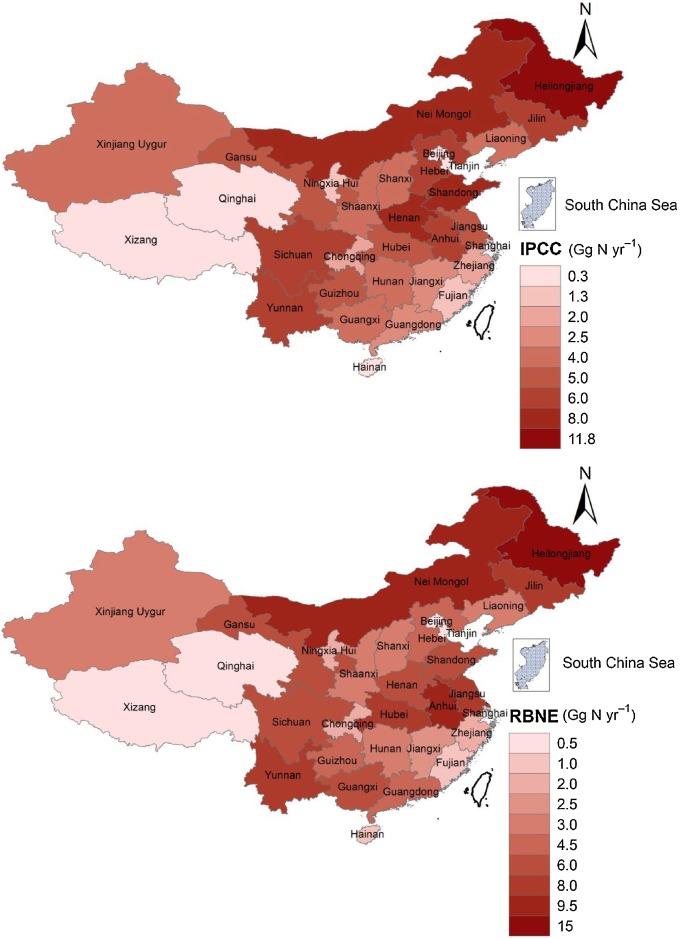Garba Aliyu, Alberto Sanz-Cobena, Christoph Müller, Mohammad Zaman, Jiafa Luo, Deyan Liu, Junji Yuan, Zengming Chen, Yuhui Niu, Aisha Arowolo, Weixin Ding. A meta-analysis of soil background N2O emissions from croplands in China shows variation among climatic zones. Agriculture, Ecosystems & Environment,2018,267:63-73
Abstract
Nitrous oxide (N2O) is one of the most important and persistent greenhouse gases, however, there is a lack of accurate data on soil background N2O emissions (BNE) from agricultural land. Calculations of N2O emission factors from land uses are currently based on a single, universal BNE value advocated by the International Panel on Climate Change, but BNE are thought to vary with climate and soil types. We ran a meta-analysis of 58 peer-reviewed, published data source on soil BNE from cropland fields across China, representing a range of climate and soil types. Mean soil BNE rate in croplands was estimated at 0.93 kg N ha−1 yr−1 and varied among the climatic zones, where the highest rate was in the north subtropical zone (1.66 kg N ha−1 yr−1) and the lowest in the cold temperate zone (0.53 kg N ha−1 yr−1). We estimated total national BNE for China based on the BNE rates for the different climatic zones and found it to be 129 Gg N yr−1; this estimate was higher than the estimate of 114 Gg N yr−1 derived from using only a single national average BNE rate. Stepwise multiple regression modelling of soil BNE rate (kg N ha-1 yr-1) with soil properties and climatic parameters, including soil bulk density, mean annual precipitation, soil total nitrogen, and soil pH showed that soil bulk density had the greatest influence on the BNE rate. Our study highlights that soil BNE should be included in regional N2O inventories to inform sustainable agricultural development and management strategies in the context of mitigating impacts of soil N2O emissions on climate change.








